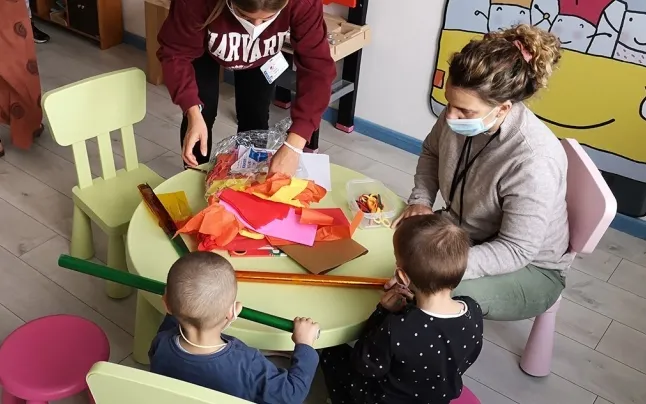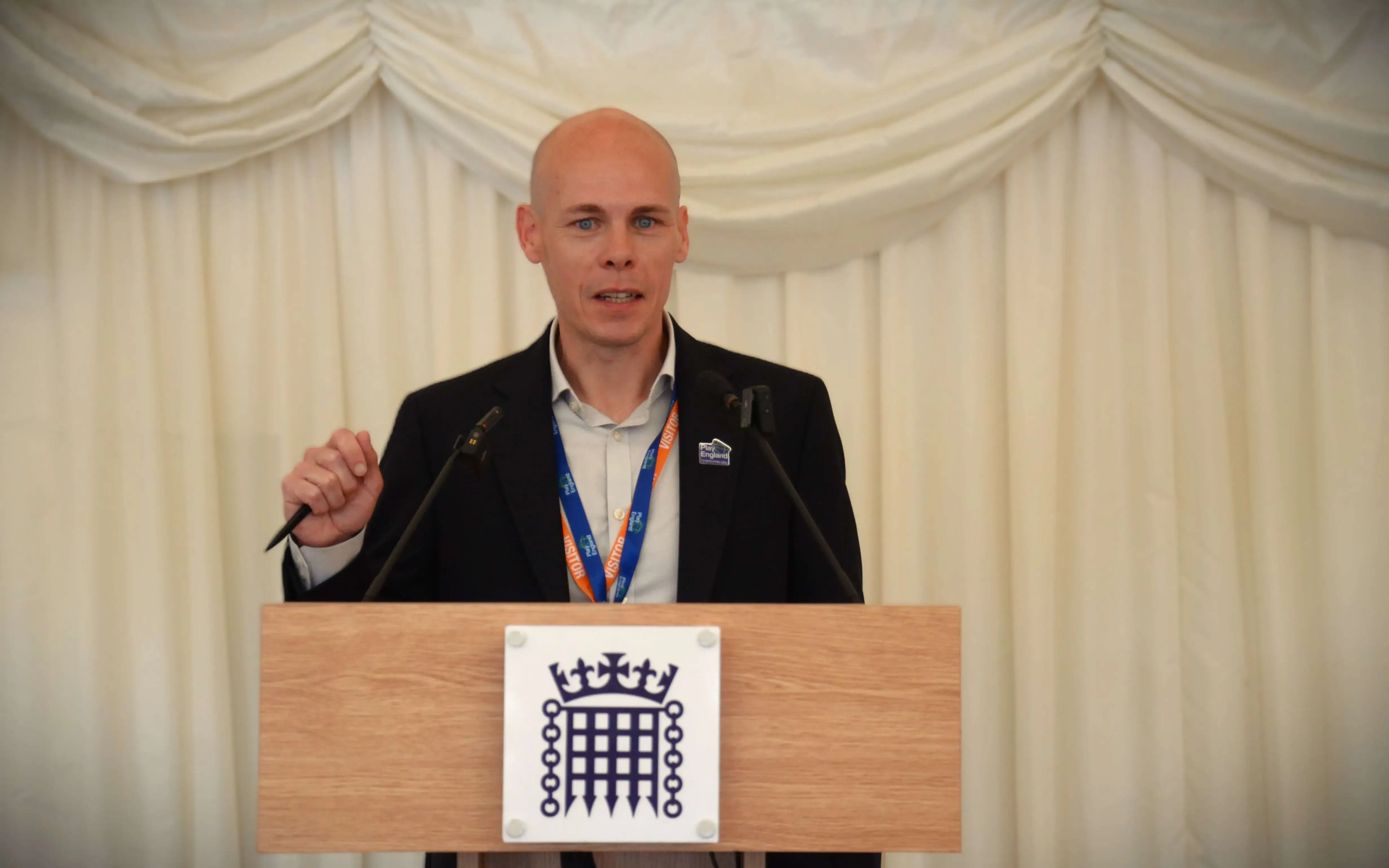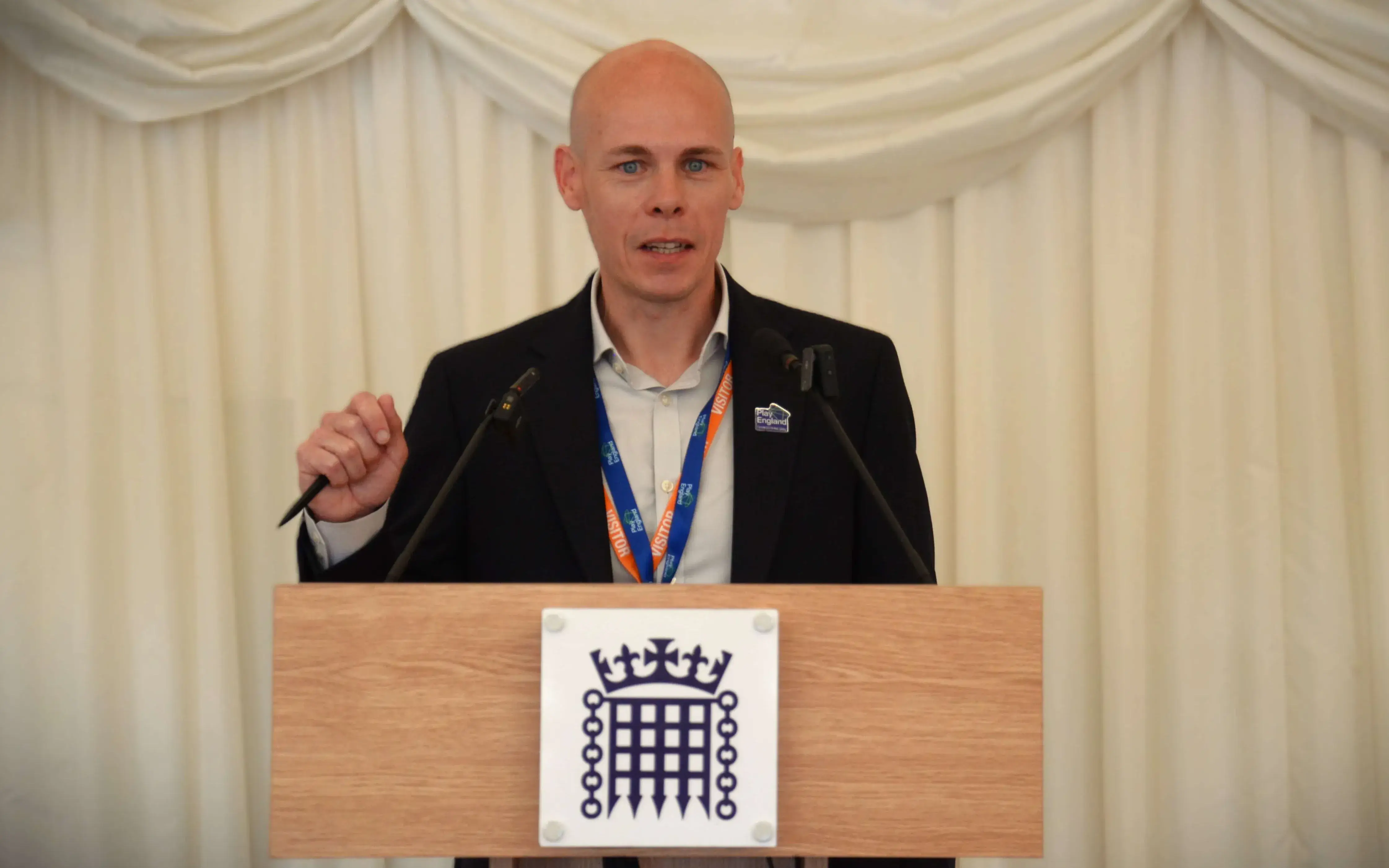
What happens at school when a child has cancer? Should this be mentioned in the classroom? How does it affect the class? The association “Nens amb Càncer AFANOC” has drafted a guide that is warmly welcomed by teaching staff.
This is a guide for teachers, published by the AFANOC Association of Children with Cancer and its title is 'When a child in your classroom has cancer. Offering guidance'. The goal, explains Irene Costa, AFANOC’s coordinator for Volunteering, is “to adequately and calmly explain the reality of cancer in children, based on what we’ve been able to see and heard from the different actors involved, and to provide practical and useful tools to face this reality”.
Costa is the co-author of this guide together with Maria Sanmartí, Núria Carsi and Gina Pla and she highlights three points: this guide is a practical tool based on the reality they have discussed with the different educational actors; it includes end-of-life stages and mourning and comes with audiovisual testimonies. “The guide is the outcome of conversations with many people involved and is also based on the experience in our association, which has been working for thirty years with children living with cancer”, she adds.
As for dealing with end-of-life and mourning at school, Costa is clear on this: “These are matters that must be discussed, because they are a part of the reality of life”. In this regards, the guide sets out a series of tips to deal with this in the classroom when a child is going through this, but it is also useful when the person with cancer is a grandmother, a mother or a father.
Managing emotions
“These are situations that are difficult to manage emotionally, admits Costa, who is an educational psychologist, and having some guidance is helpful for teachers”. She also specifies that, “the aim is to deal with this naturally, which is quite different from normally. End of life is just another stage and schools educate for life. We must talk about this listening to children’s concerns and questions”, she adds.
Another important point is that children who are diagnosed with cancer often drop out of the classroom and do home schooling or from hospital. One of the audiovisual testimonials in the guide is that of a girl who had cancer and she valued how supported she felt when she was unable to go to class, but received messages from her classmates and could connect online.
"These children’s lives are put on hold, just like in a movie, but life continues, says AFANOC’s coordinator for Volunteering. It’s important for them to feel they are still part of the class, despite their illness; it’s important that they remain a classmate and a student”.
The guide insists on how important it is for a child living with cancer not to be forgotten and to adopt strategies so they can remain present in class but in a different way.
Ultimately, it is about dealing with cancer in a calm and realistic way, as well as the experiences that are generated, both for the child and for the team of teachers and family.






Add new comment